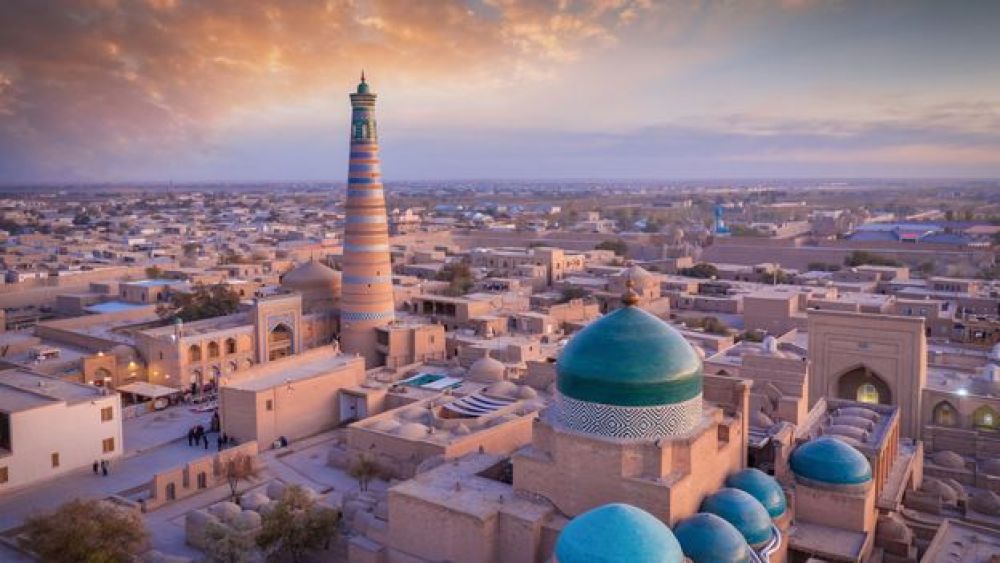

Nestled in the heart of Central Asia, Khiva is a living museum boasting a history that spans over thousands of years. Historically, Khiva was a minor fort until it was captured by the Arab commander Qutayba ibn Muslim in the 7th century. The city grew to prominence in the 16th century as the capital of the Khwarezmian empire and a significant trading post on the Silk Road. Its rich trade relations contributed to the cultural and architectural development that continues to draw visitors from around the world.
Modern tourism in Khiva began to develop in the late 20th century, especially after Uzbekistan gained independence in 1991 and opened up to the international community. The declaration of Khiva's inner town, Itchan Kala, as a UNESCO World Heritage Site in 1990 served as a catalyst for tourism development. This recognition drew global attention to Khiva’s magnificent architecture and remarkably preserved cultural heritage.
With tourism becoming an economic priority, Uzbekistan launched initiatives to improve infrastructure, simplify visa procedures, and promote its rich cultural tapestry to the world, making Khiva an accessible and alluring destination for international travelers.
In recent years, eco-tourism and sustainable practices have begun to influence how Khiva is experienced by tourists. The destination is seeing a trend in small, family-run guesthouses and boutique hotels that focus on authentic, local experiences, allowing visitors to immeranorzae themselves in the local way of life.
Culinary tourism is also on the rise, with several new cooking workshops and food tours that sample regional Khorezm cuisine. Moreover, Uzbekistan's push towards digitalization has made it easier for tourists to discover Khiva through virtual tours and online resources, enhancing pre-trip immersion.
Another emerging trend is experiential and cultural tourism, where visitors engage with the local culture through crafts workshops, such as wood carving and carpet weaving, which have been part of Khiva’s artisanal tradition for centuries.
To ensure a steady influx of tourists post-pandemic, there is a growing emphasis on health and safety protocols. Khiva’s open-air attractions, like the Kalta Minor Minaret and the Juma Mosque with its stunning 218 wooden columns, are ideal for tourists seeking destinations that offer natural social distancing without compromising the travel experience.
For a timeless journey through the winding corridors of history, a visit to Khiva is indispensable. Travelers are advised to check visa requirements and local travel advisories. The best times to visit are spring and autumn when the climate is most favorable. Whether you're a history buff, a cultural enthusiast, or simply in search of the captivating allure of ancient cities, Khiva awaits with its doors warmly open, offering a window into Uzbekistan's illustrious past and vibrant present.